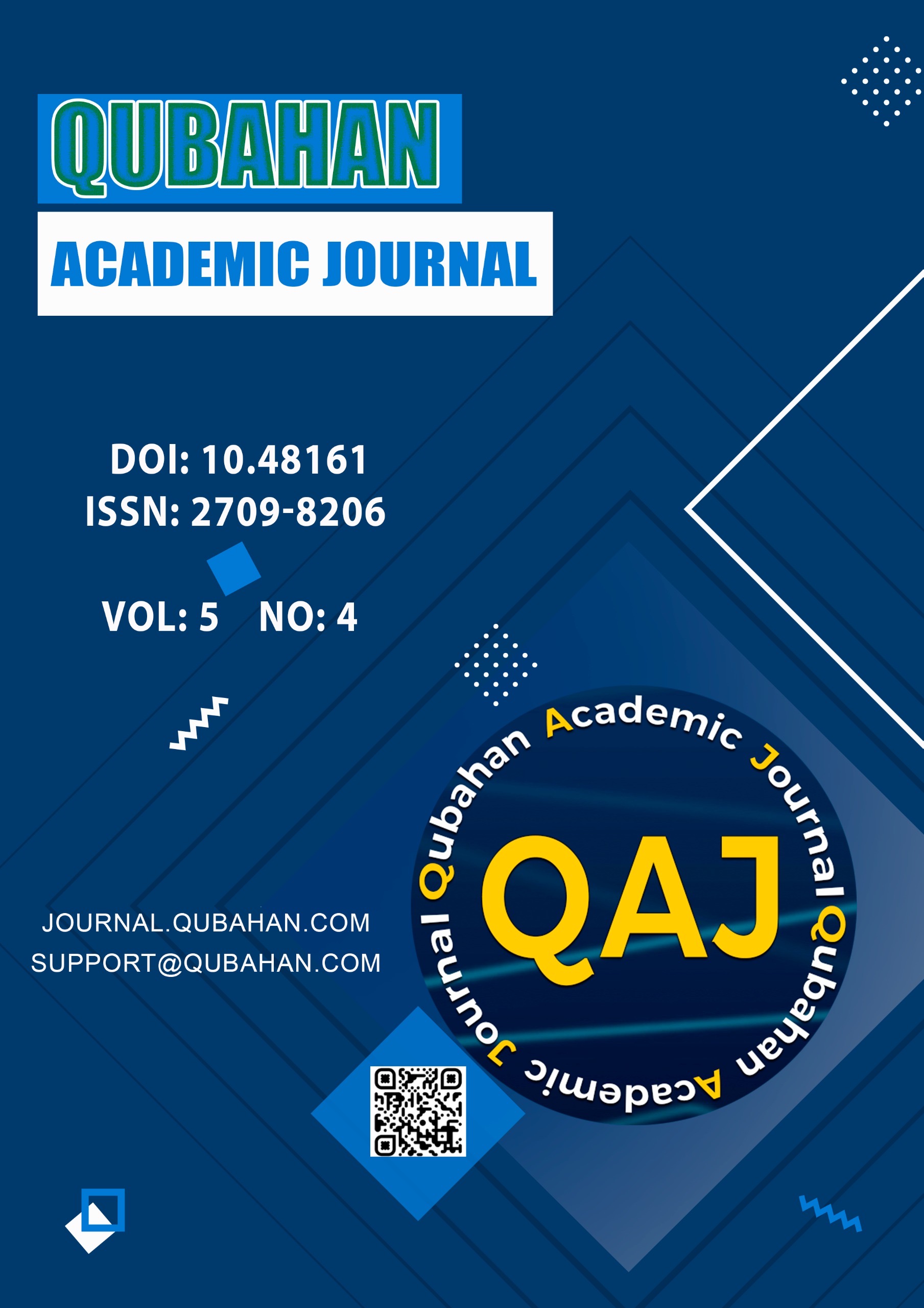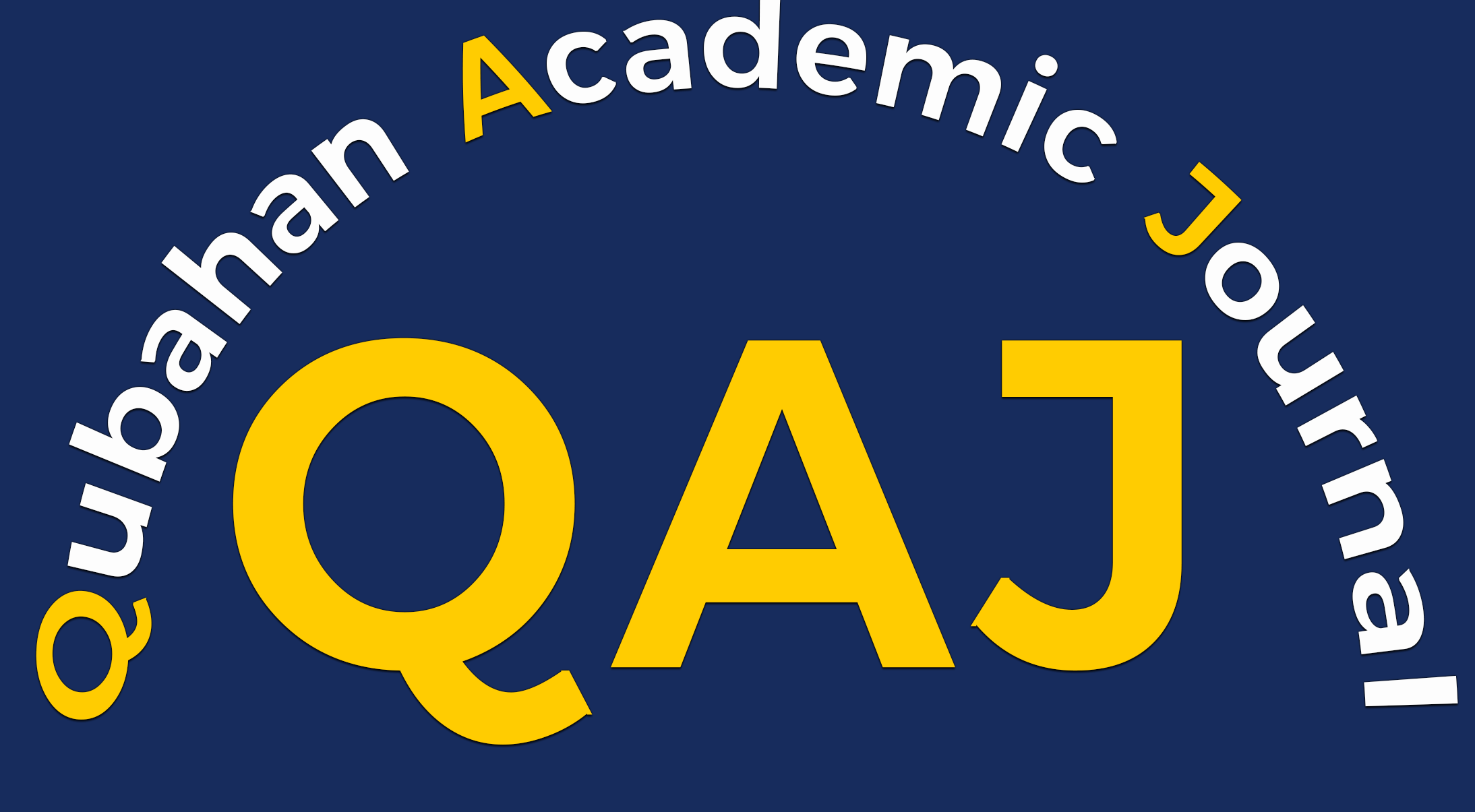The Contribution of Financial Control to Improve Financial Governance: The Case of the Moroccan Court of Auditors
DOI:
https://doi.org/10.48161/qaj.v5n4a1593Keywords:
court of auditors, financial governance, public funds, public management.Abstract
The Court of Auditors plays a crucial role in improving financial governance. Through its audit and monitoring activities, the Court ensures transparency, accountability, and sound financial management. By examining financial reports and conducting in depth investigations, the Court assesses whether public resources are used efficiently and in compliance with legal and regulatory frameworks. This article provides an overview of the Court's role and highlights its key functions in improving financial governance in Morocco, while also exploring the challenges and limitations it faces in fulfilling its mandate. Our aim is to understand and analyse the tasks performed by the Court of Auditors in public bodies and to assess the effectiveness of these tasks in improving the management of public entities and financial governance. This is achieved through documentary research that reviews relevant theories on financial governance, analyses reports published by the Court of Auditors, and examines surveys conducted by international organizations on the mission and impact of the Court of Auditors. By comparing these sources, we aim to provide a comprehensive assessment of the Court's contributions and its role in enhancing governance practices. The value of our research lies in its detailed examination of the role of the Court of Auditors in improving financial governance within public entities. We not only study the scope of its control mechanisms but also analyse the practical impact of its recommendations on public institutions. This research further evaluates the significance and effectiveness of the Court’s mission in fostering accountability, preventing financial mismanagement, and strengthening institutional integrity. Additionally, we consider the evolving legal and institutional landscape that influences the Court’s operations and effectiveness.
Downloads
References
Cour des comptes. (2023). Rapport annuel au titre de l’année 2022. Rabat: Cour des comptes. https://www.courdescomptes.ma/
Berle, A. A., & Means, G. C. (1932). The modern corporation and private property. New York: Macmillan.
Jensen, M. C., & Meckling, W. H. (1976). Theory of the firm: Managerial behavior, agency costs, and ownership structure. Journal of Financial Economics, *3*(4), 305–360.
Jensen, M. C. (1983). Separation of ownership and control. Journal of Law and Economics, *26*(2), 301–325.
Pesqueux, Y. (2009). Responsible or political governance? Society and Business Review, *4*(1), 43–57.
Freeman, R. E., Harrison, J. S., Wicks, A. C., Parmar, B. L., & De Colle, S. (2006). Deciding with stakeholders. Cambridge University Press.
Cazal, D. (2011). La métaphore du contrat dans les organisations : Une analyse critique. Revue Française de Gestion, *37*(213), 109–125.
Charreaux, G., & Desbrières, P. (1998). Gouvernance des entreprises : Valeur partenariale contre valeur actionnariale. Revue Française de Gestion, *24*(122), 130–151.
Pupion, P.-C., Etienne, M., & Torres, L. (2006). Public governance and performance: The case of the French National Education system. International Review of Administrative Sciences, *72*(4), 613–627.
Yahchouchi, G. (2007). Corporate governance in Lebanon: An empirical study. Corporate Ownership & Control, *4*(3), 94–100.
Ess, C. (2014). Digital and deontological ethics. In Digital media ethics (2nd ed., pp. 83–108). Polity Press.
Boltanski, L., & Thévenot, L. (2006). On justification: Economies of worth (C. Porter, Trans.). Princeton University Press.
Mullenbach, L. (2007). Stakeholder theory and applications in information systems. In Y. K. Dwivedi, M. R. Wade, & S. L. Schneberger (Eds.), Information systems theory: Explaining and predicting our digital society (pp. 511–530).
Bazerman, M. H., & Moore, D. A. (2000). Judgment in managerial decision making (5th ed.). Wiley.
Thaler, R. H., & Sunstein, C. R. (2008). Nudge: Improving decisions about health, wealth, and happiness. Yale University Press.
O'Sullivan, M. (2000). Contests for corporate control: Corporate governance and economic performance in the United States and Germany. Oxford University Press.
Eccles, R. G., & Krzus, M. P. (2010). One report: Integrated reporting for a sustainable strategy. Wiley.
Parker, L. D., & Gould, G. J. (1999). Changing public sector accountability: Critiquing new directions. Accounting Forum, *23*(2), 109–135.
Glennerster, R., & Shin, Y. (2008). Does transparency pay? IMF Working Paper, WP/08/171.
Bovens, M. (2007). Analysing and assessing public accountability: A conceptual framework. European Law Journal, *13*(4), 447–468.
World Bank. (2014). Worldwide governance indicators. https://info.worldbank.org/governance/wgi
Rose-Ackerman, S. (1999). Corruption and government: Causes, consequences, and reform. Cambridge University Press.
Shleifer, A., & Vishny, R. W. (1993). Corruption. The Quarterly Journal of Economics, *108*(3), 599–617.
Treisman, D. (2000). The causes of corruption: A cross-national study. Journal of Public Economics, *76*(3), 399–457.
Osborne, D., & Gaebler, T. (1996). Reinventing government: How the entrepreneurial spirit is transforming the public sector. Addison-Wesley.
Pollitt, C., & Bouckaert, G. (2011). Public management reform: A comparative analysis – New public management, governance, and the neo-Weberian state (3rd ed.). Oxford University Press.
Basel, J., & Krassow, L. (2012). Foundations of the standardised approach for measuring counterparty credit risk exposures (Working Paper No. 26). Bank for International Settlements.
Bhatnagar, S., & Jain, R. (2016). Crime data analysis using Pig with Hadoop. Procedia Computer Science, *78*, 571–578.
Rahman, M. S. (2017). The advantages and disadvantages of using qualitative and quantitative approaches and methods in language testing and assessment research: A literature review. Journal of Education and Learning, *6*(1), 102–112.
Friedman, B. (2015). The joys of innovation: For profit only. The New York Review of Books.
Moussa, M. K., & Younis, A. (2016). Slaughtering in Tanzania, between Sharia and country standards: An example of Vingunguti Slaughterhouse. Journal of Islamic Studies and Culture, *4*(1), 1–15.
Gichohi, P. M. (2019). Influence of anxiety on academic performance among students at The Technical University of Kenya. International Journal of Scientific and Research Publications, *9*(5), 89–107.
Benabderrazik, K., et al. (2018). Resilience of the Tef value chain in Ethiopia – Final report. Zürich: ETH Zurich.
El-Hamidi, F. (2021). Identification of the derivative order in fractional differential equations. Mathematical Methods in the Applied Sciences, *44*(15), 8397–8413.
Al-Khouri, A. M., & Al-Mutairi, A. (2017). Knowledge, attitudes, and practices toward infection control among health care staff in Saudi Arabia. Journal of Infection and Public Health, *10*(5), 613–620.
Rashid, Y., Rashid, A., Warraich, M. A., Sabir, S. S., & Waseem, A. (2019). Case study method: A step-by-step guide for business researchers. International Journal of Qualitative Methods, *18*, 1–13.
Mills, E. S., & Serageldin, I. (1991). Social indicators for urban planning. Washington, DC: World Bank.
Kaufmann, D., & Kraay, A. (2002). Growth without governance. Economía, *3*(1), 169–229.
Hart, O. (1995). Firms, contracts, and financial structure. Oxford University Press.
Wallace, W. (1980). The economic role of the audit in free and regulated markets. Touche Ross Foundation.
Gilson, R. J., & Kraakman, R. (2003). The mechanisms of market efficiency twenty years later: The hindsight bias. Journal of Corporation Law, 28(4), 715–742.
Kahneman, D., & Tversky, A. (1979). Prospect theory: An analysis of decision under risk. Econometrica, 47(2), 263–291.
Monks, R. A. G., & Minow, N. (1995). Corporate governance. Blackwell Publishing.
Downloads
Published
How to Cite
Issue
Section
License
Copyright (c) 2025 Qubahan Academic Journal

This work is licensed under a Creative Commons Attribution-NonCommercial-NoDerivatives 4.0 International License.











